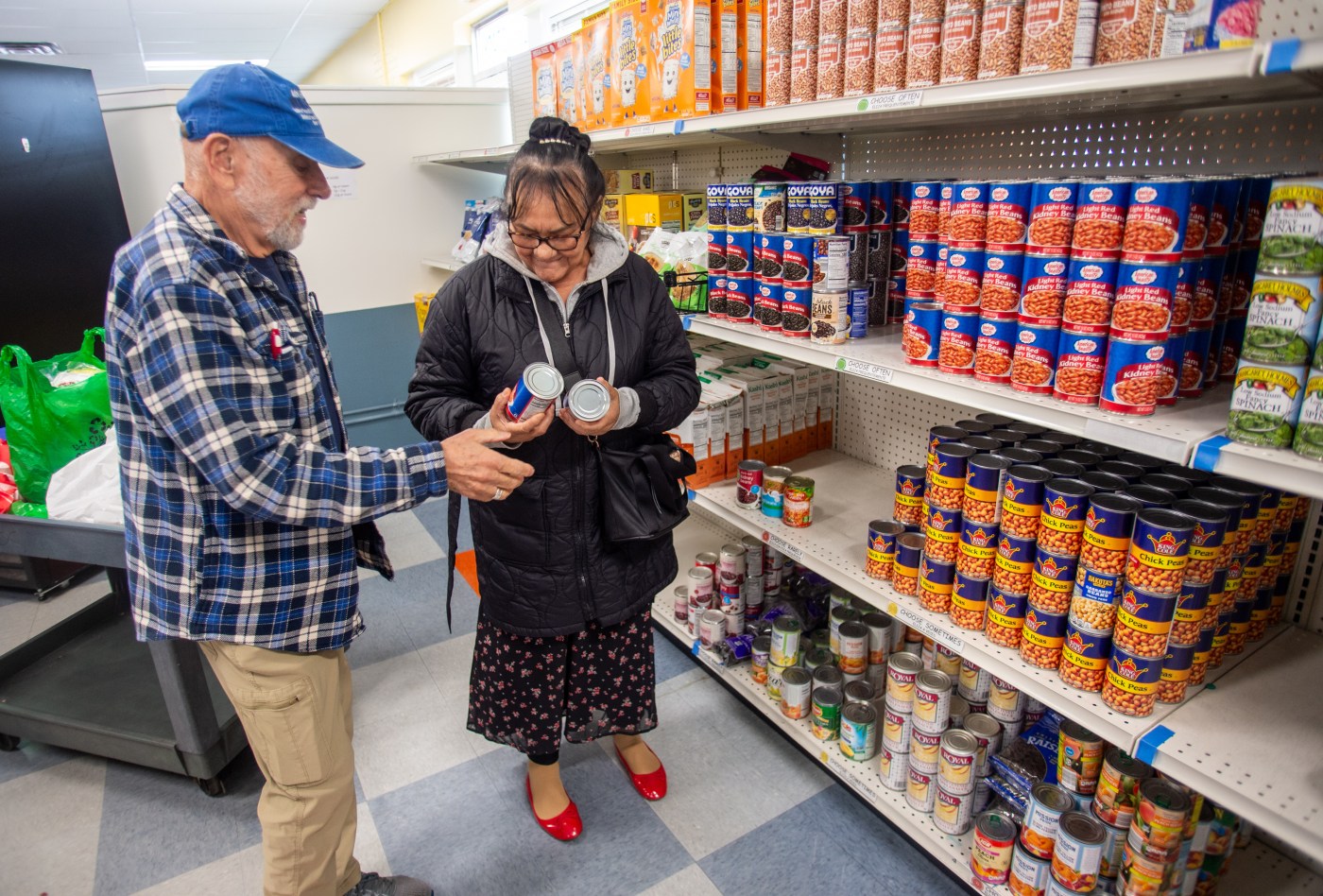The use of gabapentin, an anti-seizure medication, has surged dramatically as physicians increasingly prescribe it for a range of conditions beyond its FDA-approved indications. This trend has elevated gabapentin to the status of the fifth most prescribed drug in the United States, despite it being officially approved only for treating partial seizures and pain associated with shingles. Concerns are now emerging regarding the implications of this widespread off-label use, particularly surrounding potential dependency and cognitive risks.
Understanding Gabapentin’s Usage
Originally approved by the U.S. Food and Drug Administration (FDA) for specific conditions, gabapentin is commonly prescribed off-label for issues such as hot flashes, back pain, and insomnia. Its extended-release form, known as Horizant, gained FDA approval in 2011 for moderate-to-severe restless legs syndrome. Despite its limited approved applications, the medication has seen a significant increase in prescriptions, with millions of patients receiving it for unapproved uses.
The rise in gabapentin prescriptions reflects a broader trend in medicine where off-label prescribing has become more common, particularly for conditions with limited treatment options. According to data from the Centers for Disease Control and Prevention (CDC), the volume of gabapentin prescriptions has increased substantially over the past decade. In 2021 alone, over 64 million prescriptions were filled in the U.S., a marked increase from previous years.
Concerns About Dependency and Cognitive Risks
As the number of patients taking gabapentin continues to grow, health experts are voicing concerns about the long-term effects of its use. Some studies suggest that patients may develop a dependency on the medication, particularly when it is used for chronic pain management or anxiety. Additionally, there are emerging questions regarding the cognitive impacts of gabapentin, especially in older populations who are already at risk for cognitive decline.
The FDA has acknowledged the rising off-label use of gabapentin, prompting discussions about the need for more rigorous clinical evaluations. Experts argue that the safety profile of the drug must be reassessed in light of its expanded usage. Dr. Sarah Thompson, a neurologist, stated, “We need to ensure that the benefits outweigh the risks for patients taking gabapentin for conditions it was not originally designed to treat.”
The potential for misuse, particularly in combination with other substances, also raises alarms. Reports indicate that gabapentin is increasingly being misused for its sedative effects, leading to a growing concern among healthcare providers about its role in the opioid crisis.
As the landscape of prescription medications evolves, the case of gabapentin serves as a reminder of the complexities surrounding off-label drug use. While it may offer relief for many patients, careful consideration and monitoring are essential to mitigate risks associated with its widespread prescription.







